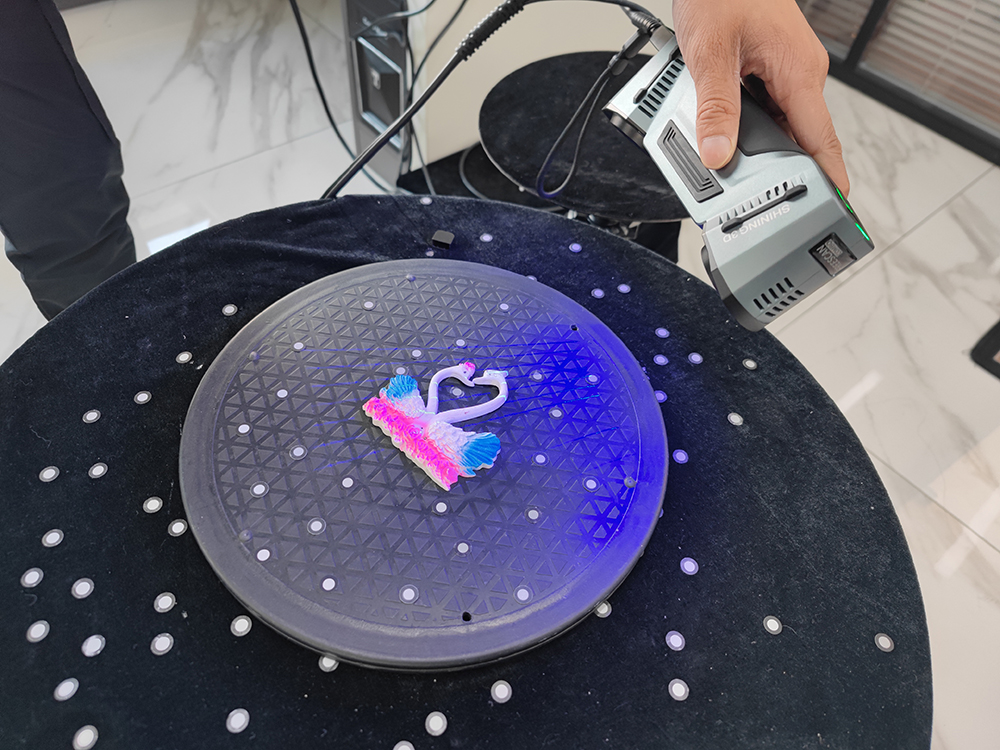Guandiaocnc
A 3D scanner is an apparatus employed for the acquisition of three-dimensional information of objects or environments, capturing the shape along with the external characteristics such as color and texture, through a plethora of distinct technologies. The data procured from a 3D scanner is oftentimes utilized for three-dimensional modeling, an endeavor that is of paramount importance and utility across a multitude of domains including manufacturing, engineering, game development, cinematography, architecture, and numerous others.

Principal Technologies of 3D Scanners
Laser Scanning
Structured Light Scanners: Projecting specific light patterns, such as stripes, onto an object and determining the geometric shape of the object’s surface by analysing the pattern of light reflected.
Time-of-Flight (ToF) Scanners: Emitting laser pulses and measuring the time required for the light to travel from the scanner to the object’s surface and back, thus calculating distance.
Optical Scanning: Capturing images of the object from diverse angles with cameras, then reconstructing the object’s three-dimensional model through software analysis.
Contact Scanning: Physically touching the surface of an object, obtaining its three-dimensional coordinates by measuring the position of contact points with a probe.
From Scanning to Modeling Process
Data Acquisition: Employing one of the aforementioned technologies to scan, gathering the shape data of an object. This data usually manifests as a series of points (point cloud), each harboring information about the position of the object’s surface.
Data Processing: Point cloud processing involves cleansing, noise filtering, and stitching together scanning data from different perspectives. Point cloud to mesh conversion entails transforming the point cloud into a mesh model, which is comprised of numerous triangles or other polygons interconnected through vertices, edges, and faces, thus forming a continuous surface.
Model Optimization: Simplification and repair, aiming to reduce the amount of data for improved performance while mending any holes or errors produced during the scanning process. Texture mapping involves the addition of texture and color information to the three-dimensional model, enhancing visual effects or preparing for further rendering.
Export and Application: Exporting the processed three-dimensional model to various formats such as STL, OBJ, or FBX, for use in other software like CAD programs, 3D rendering software, or game engines.
Applications
Industrial Design: Widely employed in product design, quality control, and reverse engineering.
Cultural Heritage Preservation: Utilized for detailed documentation of artifacts and historical landmarks in their current state.
Medical: Employed in the creation of orthotics, braces, or for surgical rehearsal.
Film and Gaming: Crafted precise 3D models for film production and game development.
3D scanning and modeling technologies are continually advancing, with artificial intelligence and machine learning beginning to play a role in data processing and model generation, making the process more automated and precise. As these technologies progress, the realms of application for 3D scanning and modeling are set to further expand.
Copyright © 2024 Shandong Guandiao CNC Equipment Co., Ltd. . | All Rights Reserved Technical support:Xintuweb